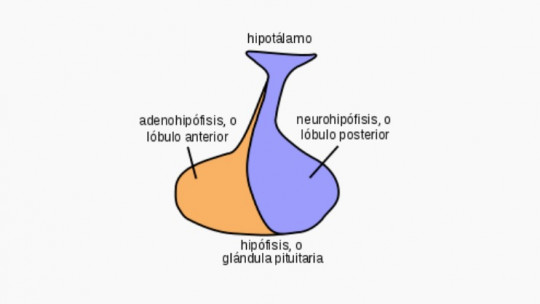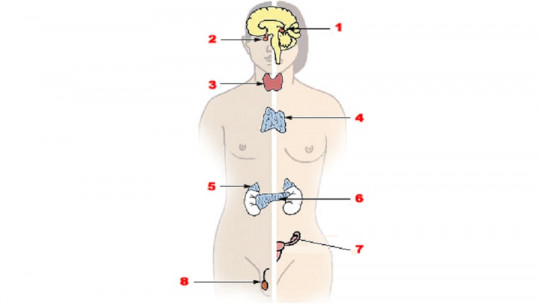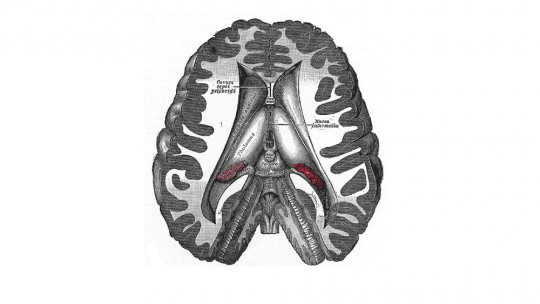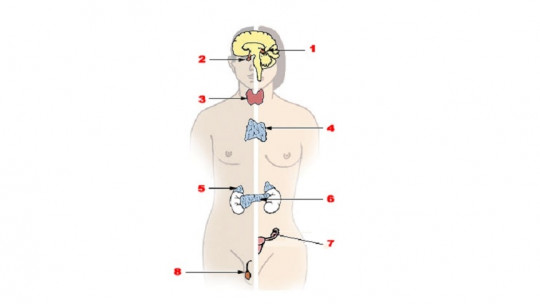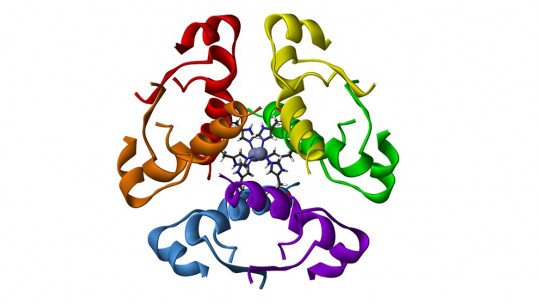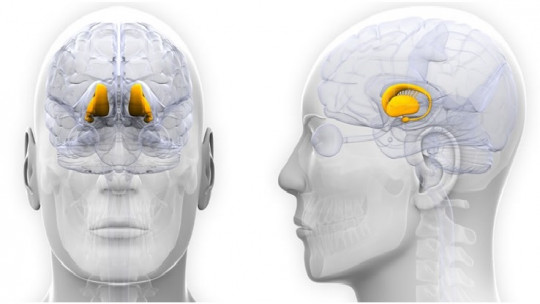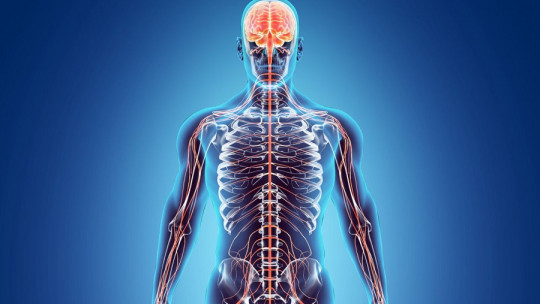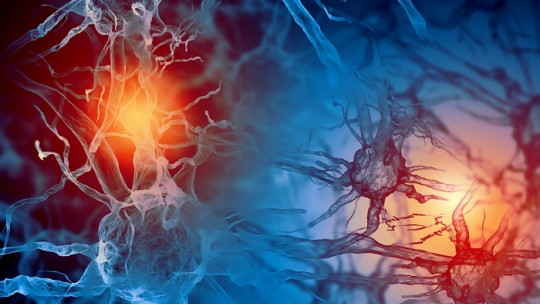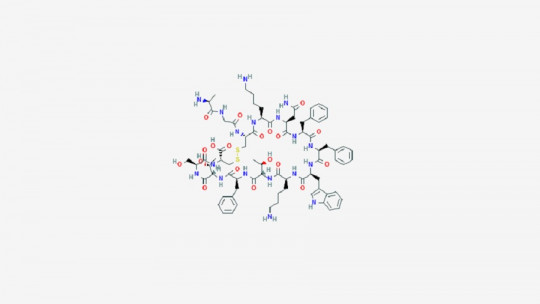Our body and the organs that make it up work in harmony, just as clockwork machinery would do, to maintain our physical health and so that all the functions and activities of the body can develop effectively.
One of the pieces of this machinery is the neurohypophysis, a small organ of the endocrine system which has an essential role in the regulation and release of some of the most important hormones for proper human functioning, both physical and psychological.
What is the neurohypophysis?
Within the endocrine system, made up of a large number of organs and hormone-producing structures, we find the neurohypophysis. This organ makes up the back part of the pituitary gland.
One of the main differences that exists between the neurohypophysis and the rest of the pituitary to which it belongs is that, due to its different embryological origin, its structure is not glandular as the anterior pituitary is. Furthermore, this has growth directed towards the hypothalamus so its functions also differ from those of the rest of the structure.
In contrast, the neurohypophysis is largely a collection of axonal projections from the hypothalamus that empty into the posterior area of the anterior pituitary. The main parts into which the pituitary is divided are the median eminence, the infundibulum and the pars nervosa, which we will talk about in the next point.
Regarding the elements or pieces that make up the mass of the neurohypophysis, this It is made up of a series of cells called pituicytes which can be considered as supporting glial cells.
Finally, although at first glance the neurohypophysis may seem like just another hormone-secreting gland, it is actually a kind of warehouse for substances secreted in the hypothalamus.
While it is true, the neuronal cells of the supraoptic and paraventricular hypothalamic nuclei They secrete vasopressin and oxytocin, which is stored in the vesicles of the axons of the neurohypophysis, which releases these hormones in response to electrical impulses arriving from the hypothalamus.
Structure
As mentioned above, the posterior area of the pituitary, or neurohypophysis, consists mainly of neuronal projections of magnocellular neurosecretory cells that extend from the supraoptic and paraventricular nuclei of the hypothalamus.
In the axons of these neurosecretory cells, the neurohypophyseal hormones known as oxytocin and vasopressin are stored and released. These are launched into the neurohypophyseal capillaries From there, part of them enter the bloodstream circulation, while others return to the pituitary system.
Although the differentiation of the various parts of the pituitary gland may vary according to classifications, most sources include the following three structures:
1. Middle Eminence
The area of the neurohypophysis known as the median eminence is the one that is attached to the infundibulum. This takes the form of a small swelling and is one of the seven areas of the brain that do not have a blood-brain barrier, which means that It is an organ with permeable capillaries
The main function of the median eminence is to act as a gateway for the release of hypothalamic hormones. However, it also shares continuous perivascular spaces with the adjacent hypothalamic arcuate nucleus, indicating a possible sensory role.
2. Infundibulum
The infundibulum is the connection between the hypothalamus and the posterior pituitary. This carries axons from the magnocellular neurosecretory cells of the hypothalamus to the posterior pituitary, where they release their neurohypophysial hormones (oxytocin and vasopressin) into the blood.
3. Pars nervosa
Also known as neural lobe or posterior lobe , this region constitutes most of the neurohypophysis and is the storage site for oxytocin and vasopressin. On many occasions this is considered synonymous with the neurohypophysis, however it is only a part of it.
Finally, some classifications also include the middle pituitary as part of the neurohypophysis, but this is not common.
Features
Although, as mentioned at the beginning of the article, the neurohypophysis is often mistakenly considered a hormone-producing gland, Its main function is not to synthesize these substances, but to store and release the two hormones classically related to this organ: oxytocin and vasopressin.
Initially, these hormones are synthesized in the hypothalamus, transported and released in the posterior pituitary. After their production, they are stored in regrouped neurosecretory vesicles, before being secreted into the neurohypophysis through the bloodstream.
1. Oxytocin
Oxytocin is a neuropeptide hormone which is characterized by playing an essential role in social bonds, sexual reproduction in both sexes and in being of vital importance both during and after childbirth.
2. Vasopressin
Also known as antidiuretic hormone (ADH), arginine vasopressin (AVP) or argipressin. The main functions of this peptide hormone include increasing the amount of solute-free water reabsorbed into the circulation and contraction of arterioles, which increases peripheral vascular resistance and increases blood pressure
In addition, it is also given a possible third function related to the release of vasopressin in certain areas of the brain. This release could play an important role in social behavior, sexual motivation, bonding between people, and the mother’s response to stress.
What happens if this fails? Associated diseases
An injury, degeneration or alteration in the functioning of the neurohypophysis can result in a deregulation of the secretion of the two hormones described in the previous section.
Insufficient vasopressin secretion can lead to diabetes insipidus a condition in which the body loses the ability to store and concentrate urine and which causes the person to excrete up to 20 liters of diluted urine per day.
On the other hand, an increase in the amount of vasopressin released into the blood is the main cause of Syndrome of inappropriate antidiuretic hormone secretion (SIADH), a disease of the neurohypophysis caused mostly by drugs and that causes all types of gastrointestinal, neuromuscular, respiratory and neurological symptoms.

